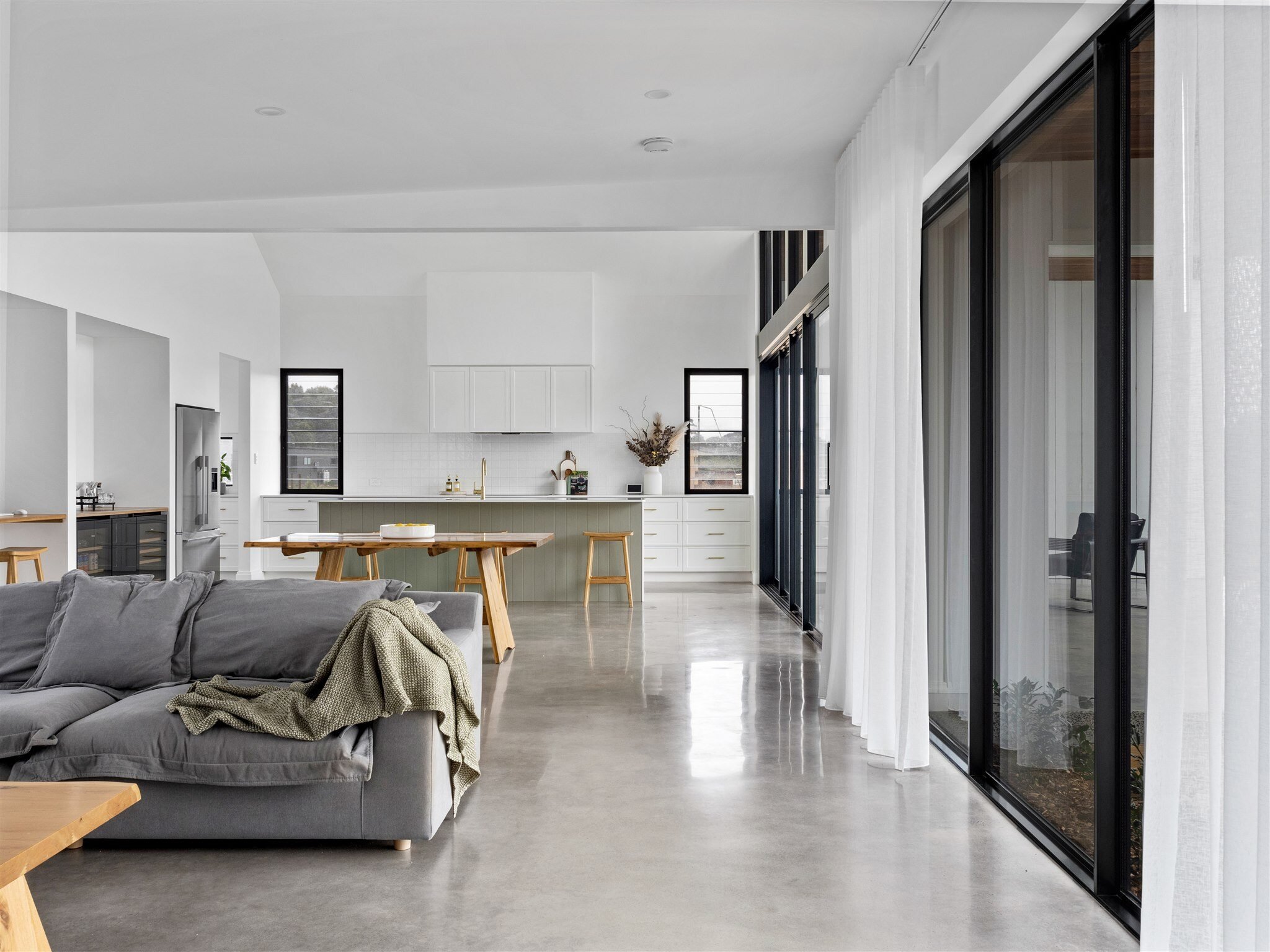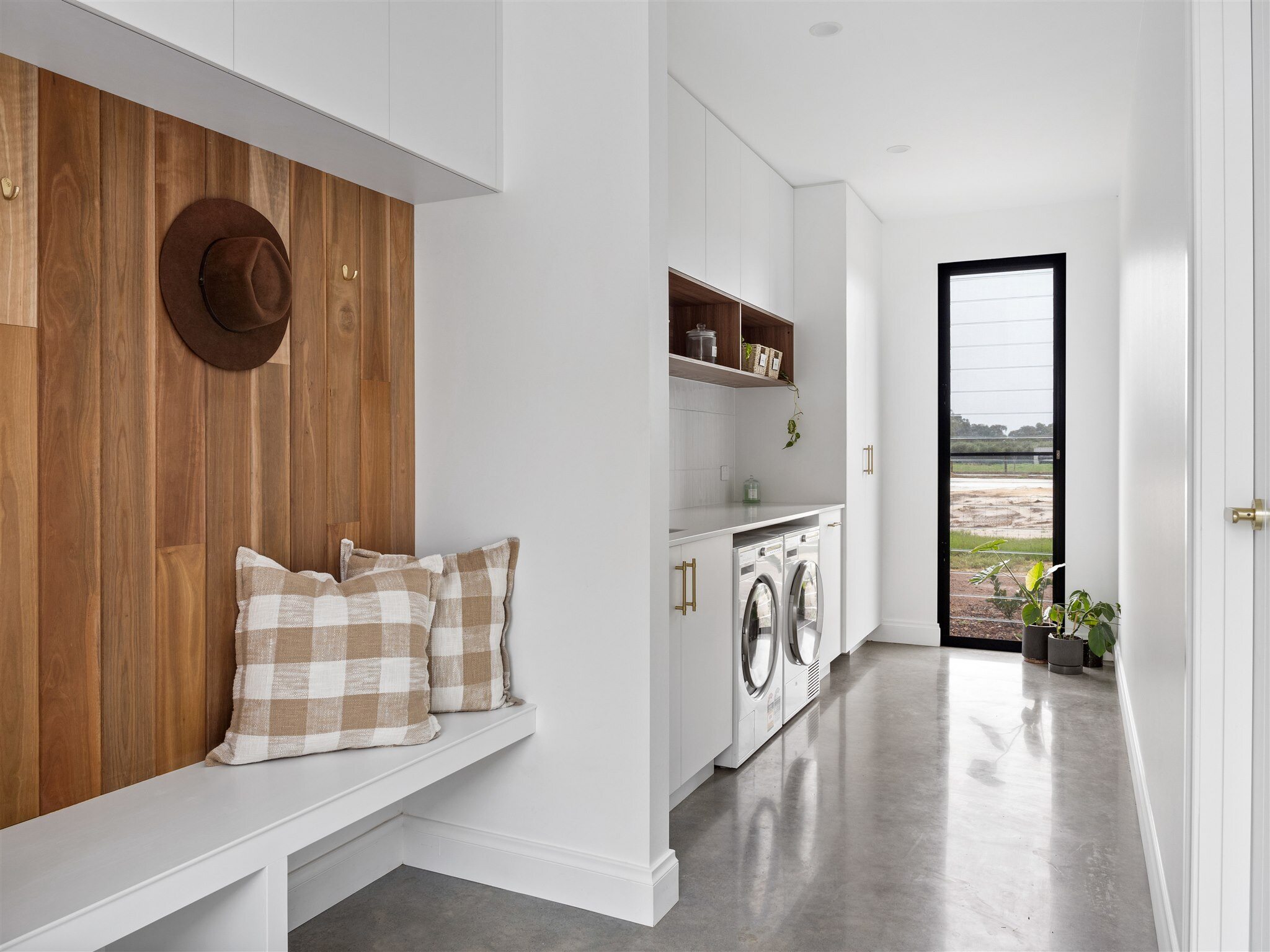4 things we wish more people understood about pre-construction
When most people start dreaming about their new home, they picture the earthworks kicking off, the concrete slab being poured and the walls going up, not all of the the paperwork, drawings, and decisions that come before.
We know that that part might not sound as sexy but here’s the truth — the pre-construction phase is where the magic has to happen, before we can even step foot on site.
At Forest to Coast Homes, we’ve found that when clients understand what goes into this stage, the entire project runs smoother with fewer surprises and a much better end result. So, here are a few things we wish more people understood about pre-construction.
1. Great design takes time
Designing a custom home isn’t like choosing from a catalogue (you know the ones from the project builders).
It's a process that balances your ideas, lifestyle, project investment, and the realities of your block all into one. To get there, there will be a whole lot of collaboration between yourself and several professionals, refining, tweaking and re-tweaking things to get them just right.
Every design decision affects something else — from the engineering and energy efficiency, to how light moves through your home. Rushing this part can lead to compromises later, so we encourage our clients to see this as an investment of time that pays off in a home that feels tailor-made, not cookie-cutter.
Every project will be different when it comes to timing but here’s a few things to consider:
- The building designer’s availability and timeframes (most local designers will have a lead time of several weeks before they can even look at your job)
- There are several consultants that need to be engaged including but not limited to surveyors, soil engineers, BAL consultants, energy efficiency assessors, engineers, builder and certifier.
- Then you also need to ask yourself, how long will it take me to review and make decisions?
- If you're a super decisive person like me, then happy days! If you're more like Nathan and need time to mull things over, then you'll just need more time. There's no right or wrong approach - everyone is different and for those couples designing and building together, like all great relationships, you'll probably find that there's one of each of you so just be realistic and think about how long it will take you, as a couple, to make decisions (oh, and there's lots of them 😊). As your building consultant, we'll be there with you every step of the way to help guide you and will provide our advice and recommendations.
2. You get what you pay for
When designing a custom home, you'll need to work with a building designer to help turn your visions into concepts and plans. Some building companies will have an in-house designer, while we prefer to give our clients the option to choose between our preferred designers (this is because we believe project is king - we don’t want to push a certain design agenda and love working collaboratively with designers to achieve the best outcome for our clients).
But it's important to understand that not all building designers are created equal and while it can be tempting to go with the cheapest designer you can find, like most things in life — you generally get what you pay for.
A great designer doesn’t just “draw plans.” They understand the building process, local regulations, site constraints, they think about how you will live and move throughout the space, your current and future needs, and are willing to collaborate with us as the builder, to ensure your project stays within your project investment.
We recommend doing your own research and getting a feel for their previous projects, their design style, how they work and their process.
3. Your decisions and selections will stack up
Designing a custom home also means that you will need to make lots of decisions and selections from appliances, to fixtures, fittings and finishes.
While this may sound overwhelming, it's also incredibly exciting and rewarding - after all it is one of the main benefits of going custom!
During this part of the process, we will guide you through your selections to help you stay within your project investment. Inevitably, there will be things that you may want to upgrade, and perhaps things you would like to pull back on. Our role is to help educate you on the costs, so that you can make informed decisions about where you see value spending your money.
Due to the number of selections, one of the temptations can be to say "let's push ahead, we can just make those decisions later."
But truthfully, "later" is carries a lot of risk.
We always encourage our clients to make their selections with both their vision and their project investment in mind, before a contract is signed and construction starts. This is because we want to avoid variations for you at any cost. Variations typically occur because one of the selections you've made impacts another part of the design, reworks have to take place, or because the selection is over the initial allowance.
For those clients who need assistance with the interiors, we recommend consulting an interior designer or chatting to Kelly.
4. Getting your builder involved is CRITICAL
There are so many variables when it comes to building a custom home or renovating so the earlier a builder can get involved, the earlier you can ground truth your ideas and concepts and get real-time feedback on the buildability and input on costs.
Cue the PAC process - a best practice pre-construction process whereby a builder joins the design team from the beginning as a building consultant. They work directly for you as the homeowner and collaborate with other team members you're using for your design, to provide input on cost and buildability as your design develops.
Here's how it typically works:
- You pick your preferred designer and PAC-trained builder and arrange a meeting.
- The building designer leads the design process with both the designer and builder having clear roles and responsibilities to help you realise the full potential of your project.
-
Usually, the beginning of any design process is a case of investigation and exploration.
-
The designer will be making their enquiries about your local Shire rules, the constraints on your property and site and what that will it mean for the design options.
-
Meanwhile, the builder can be doing their investigative work as well on your existing home or site to identify what physical or built features exist and how that may impact the design.
-
- The builder will also be able to show you similar recent projects so you have an example that's real, represents the quality of finishes and design you wish to achieve, and helps set the project investment starting point for your project.
- As you progress through the design process, the designer and builder will be working collaboratively to help you make more detailed decisions. These include specific choices around materials, fixtures, finishes and products. All of this information builds more resolution into your design, and helps the builder provide more accurate pricing for your project. Without this information, builders will have to leave an allowance or provision which is where things can start to fall apart.
- The goal is to get to the end of the design process with a well-resolved design so that you can hit "go" on the construction drawings with all of your selections and specifications put in place. At this point, the builder can finally create your final, pre-contract proposal with a fixed price contract.
Think of pre-construction as the foundation for everything that follows. A well-planned, well-costed, and well-designed project means fewer headaches, less variations, faster build times, and a home you’ll love for years to come.
It’s the stage where communication, collaboration, and expertise matter most — and it’s where we love helping our clients feel informed and in control. Pre-construction is the blueprint for a successful build and taking the time to get it just right paves the way for a seamless construction process.
Thanks for reading,
Kelly
%20(500%20%C3%97%20250px)%20(1).png?width=1575&height=787&name=FTC%20logo%20-%20enlarged%20(1000%20%C3%97%20600px)%20(500%20%C3%97%20250px)%20(1).png)
 By
By


